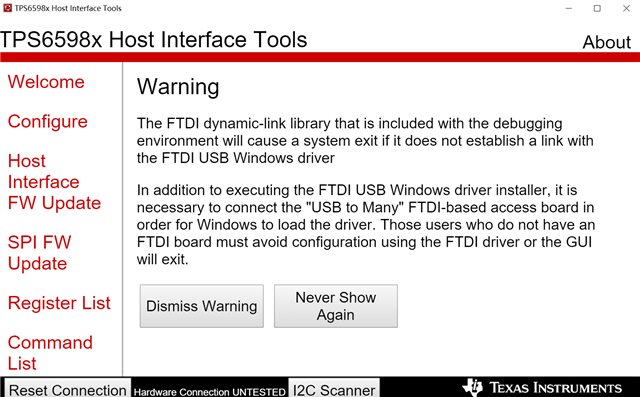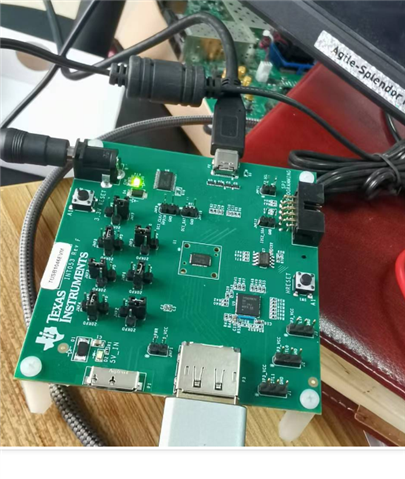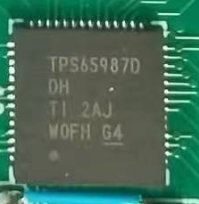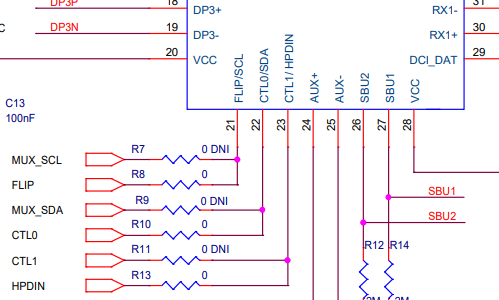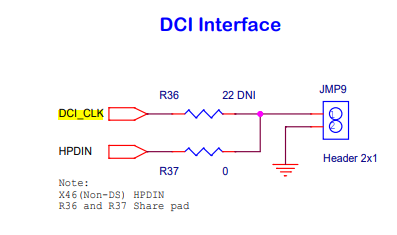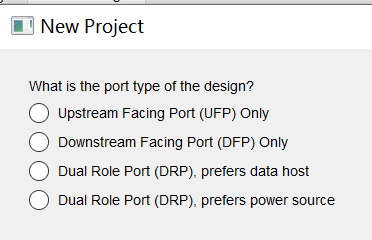Other Parts Discussed in Thread: TPS65982, , TPS65987DDK, TPS65987D, TPS65987
HI,
We had bought on TUSB1046 EVM from a distributor of China.
we will use this board to support "DP to USB-C" application. For our requirement, we also need the PD support. Since on TUSB1046 EVM, there had the PD chip of TPS65982.
Can we use TPS65982 FW to check the "DP ALT flow" and "PD flow“?
I had download the "TPS6598X Configuration Tool" and "the TPS6598X Utilities Tool", and we can use the two tools to access TPS65982 to check the "DP ALT flow" and "PD flow“, right?
If I am not right? How can I check the "DP ALT flow" and "PD flow“ with TUSB1046 EVM?
Have a good weekend! Thanks
Haidong


